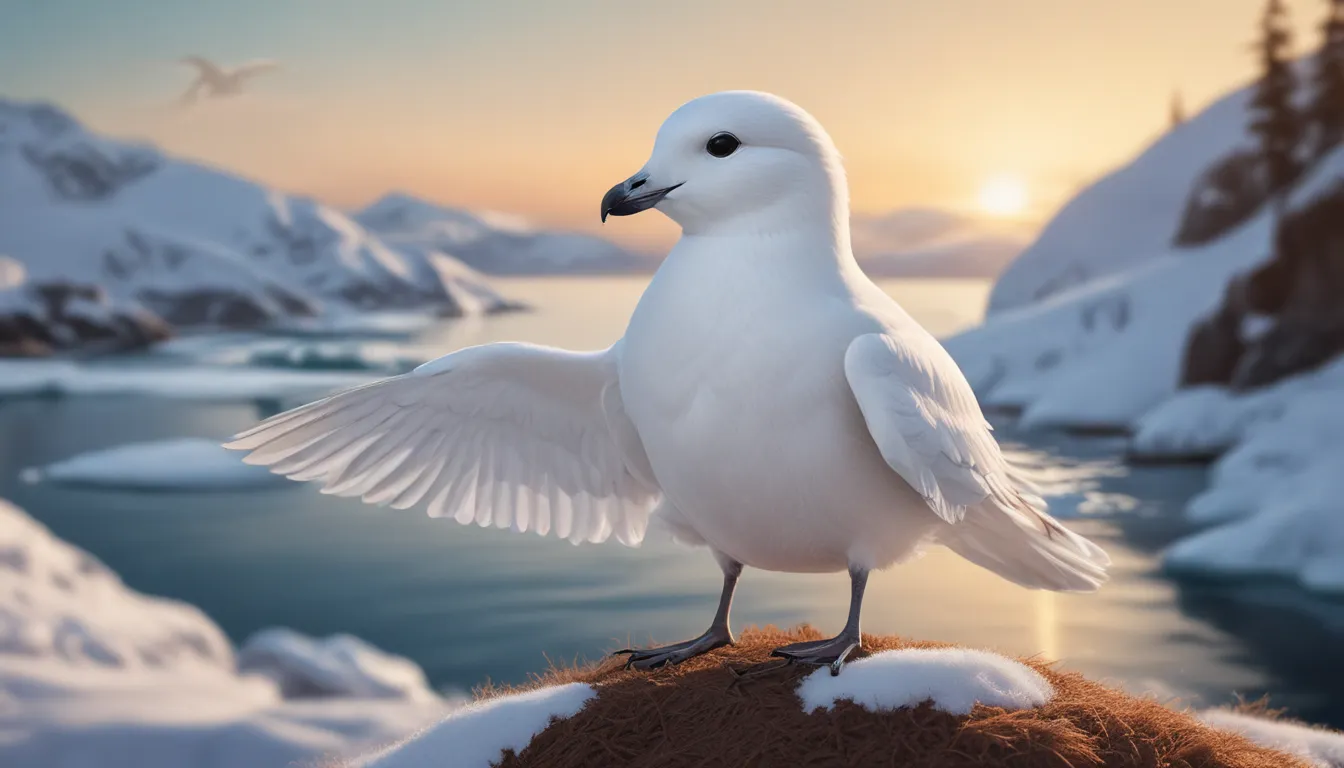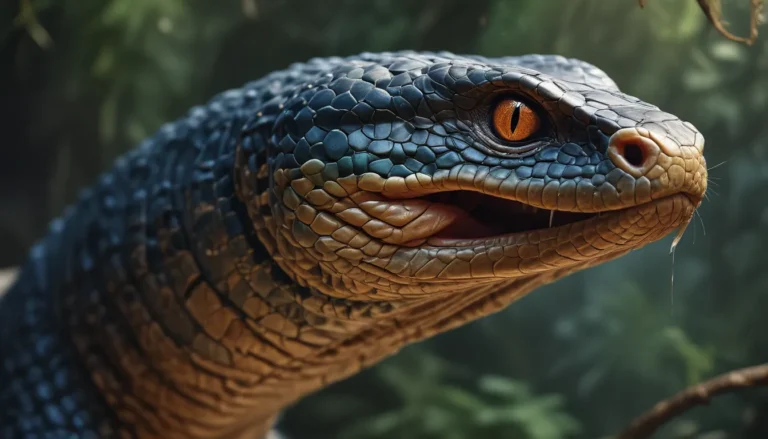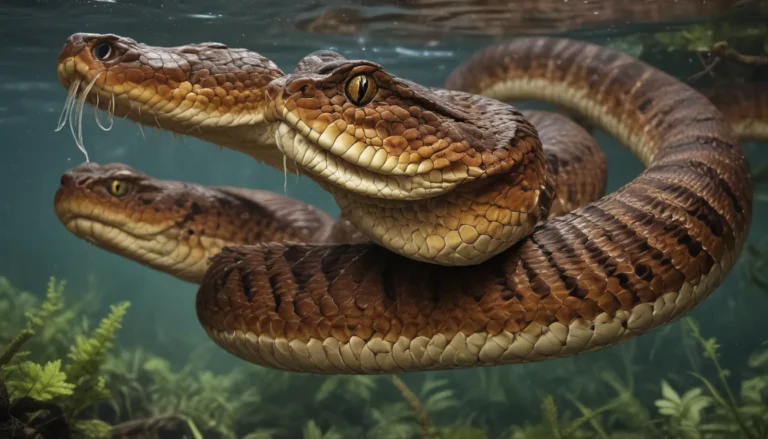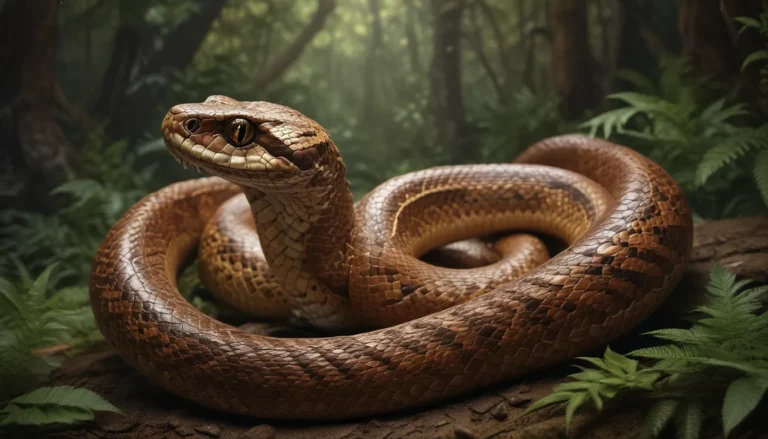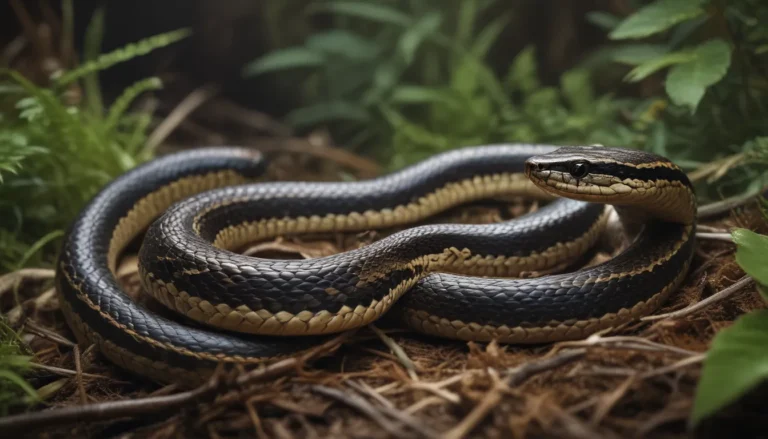The pictures we use in our articles might not show exactly what the words say. We choose these pictures to make you interested in reading more. The pictures work together with the words but don’t take their place. The words still tell you the important facts.
Are you ready to delve into the enchanting world of the Snow Petrel? These resilient creatures, with their stunning white plumage and graceful flight, are truly captivating. Let's embark on an icy adventure to uncover 15 intriguing facts about the Snow Petrel, from their unique adaptations to their vital role in the Antarctic ecosystem.
Key Takeaways
- Snow Petrels are resilient birds with specialized adaptations for surviving in Antarctica’s extreme cold, making them vital indicators of environmental change in the region.
- Their mysterious migration patterns and social behaviors, along with their stunning white plumage, make Snow Petrels a fascinating and awe-inspiring species to study and admire.
Perfectly Adapted to Survive in Extreme Cold
The Snow Petrel's fluffy white feathers and compact body provide excellent insulation against the freezing temperatures of Antarctica. Their feathers also have a specialized oil that repels water, keeping them dry even in snowy conditions.
Wide Distribution Range
These birds can be found across various regions of Antarctica, including the Antarctic Peninsula, the Ross Sea, and the Weddell Sea. They nest in rocky crevices and cliffs, often near colonies of other seabirds.
Skilled Flyers
Despite harsh weather conditions, Snow Petrels are agile and graceful flyers. With a wingspan of approximately 90-95 centimeters, they can soar effortlessly through the frigid air.
Unique Breeding Behavior
Snow Petrels form monogamous pairs during the breeding season. They typically lay a single egg and take turns incubating it for about 40 days. Both parents actively participate in raising the chick and providing it with food.
Feeding Habits
Snow Petrels mainly feed on krill, small fish, and squid from the Southern Ocean. Their diving skills allow them to plunge underwater to catch prey, utilizing their specialized bill for gripping and filtering food from the water.
Distinctive Vocalizations
These birds have a variety of vocalizations, including shrill whistles, high-pitched cries, and chattering sounds. They use these calls for communication within their colonies and during courtship displays.
Highly Social Creatures
Snow Petrels are frequently found in large colonies, nesting close to each other to form tight-knit communities. This social behavior provides protection against predators and aids in finding food.
Long Lifespan
With a potential lifespan of up to 20 years in the wild, Snow Petrels benefit from their remote and isolated habitat, reducing the risk of human disturbance and predation.
Mysterious Migration Patterns
Despite being resident breeders in Antarctica, Snow Petrels undertake long-distance migrations to feed during the winter months. The specifics of their migration routes and destinations remain a mystery.
Environmental Indicators
Snow Petrels serve as indicators of environmental change due to their reliance on sea ice and krill. Monitoring changes in their population size and distribution offers valuable insights into the impacts of climate change.
Elusive Nature
Given their remote breeding locations and inaccessibility on cliffs, observing Snow Petrels up close can be challenging. Expeditions to Antarctica provide rare opportunities to catch a glimpse of these elusive birds.
Few Natural Predators
Snow Petrels face minimal predation due to their isolated habitat, with skuas and sheathbills being among the few predators that target their eggs and chicks.
Conservation Concerns
While not currently endangered, Snow Petrels are vulnerable to environmental changes in their unique habitat. Conservation efforts are crucial to safeguarding these majestic birds and the Antarctic ecosystem.
Inspiring Awe and Admiration
The Snow Petrel's resilience and beauty symbolize the delicate balance of nature. Studying these birds not only provides insights into their remarkable adaptations but also deepens our appreciation for the wonders of the animal kingdom.
Conclusion
In conclusion, Snow Petrels are remarkable creatures that have adapted to thrive in the harshest environments on Earth. Their unique characteristics, from flight prowess to social behaviors, make them integral to the Antarctic ecosystem. As we continue to study and protect these incredible birds, we gain a deeper understanding of nature's delicate balance and the resilience of wildlife.
Frequently Asked Questions
-
Where can Snow Petrels be found?
Snow Petrels primarily inhabit the polar regions, particularly Antarctica and surrounding islands, nesting on rocky coastal cliffs. -
What do Snow Petrels eat?
Their diet consists of krill, small fish, and squid, which they catch using their sharp beaks. -
How do Snow Petrels survive in extreme cold?
Insulating feathers, high metabolic rates, and group huddling help Snow Petrels withstand freezing temperatures. -
Are Snow Petrels endangered?
Currently stable, Snow Petrel populations are vulnerable to environmental changes affecting their ecosystem. -
Do Snow Petrels migrate?
While resident breeders, Snow Petrels undertake migrations for feeding during winter months. -
How do Snow Petrels communicate?
Using vocalizations and body postures, Snow Petrels convey messages for territorial defense and mating rituals. -
How do Snow Petrels protect their eggs?
Both male and female Snow Petrels incubate and protect their eggs from predators by taking turns. -
Can Snow Petrels swim?
Snow Petrels rely more on flight than swimming for mobility and feeding, though they can paddle in water. -
What is the lifespan of Snow Petrels?
Snow Petrels can live up to 15-20 years in the wild, influenced by various factors like predation and food availability. -
Are Snow Petrels social animals?
Solitary outside of breeding season, Snow Petrels gather in large colonies during breeding for nesting and raising young.
As you venture further into the world of Snow Petrels, remember to appreciate the resilience and beauty of these extraordinary birds. Their unique adaptations and behaviors offer valuable insights into the wonders of nature and the importance of conservation efforts. Join us in celebrating the Snow Petrel and its vital role in the Antarctic ecosystem!
